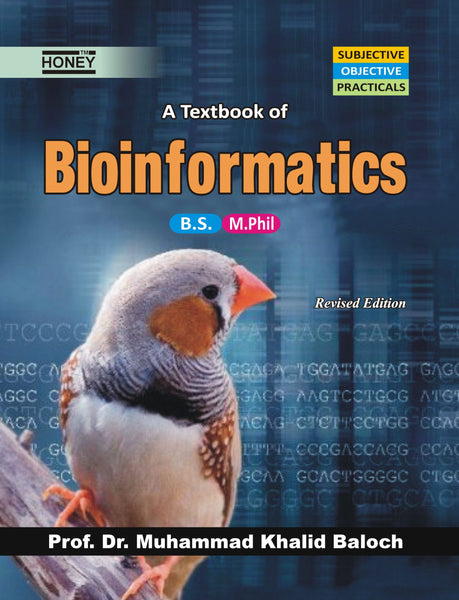World of the Cell 10th Edition by Jeff Hardin, Gregory Paul Bertoni, and Lewis J. Kleinsmith is a seminal textbook that offers a thorough exploration of cellular biology, blending classical concepts with cutting-edge research. The text is meticulously structured to facilitate understanding of complex biological processes, ensuring it is accessible to both students and professionals in the field. This edition emphasizes the molecular basis of cell function, integrating detailed illustrations and comprehensive summaries to enhance learning.
Key Points
1. Cellular Structure and Function
The book begins by detailing the fundamental structure of cells, describing the various organelles and their specific functions. It emphasizes the importance of cell membranes, cytoskeletons, and the nucleus in maintaining cellular integrity and activity.
2. Biochemistry of the Cell
This section covers the chemical foundation of cells, including water, carbon compounds, and biological macromolecules such as proteins, lipids, carbohydrates, and nucleic acids, explaining how these molecules interact within the cellular environment.
3. Cell Metabolism
The textbook delves into the intricate pathways of cellular metabolism, focusing on both catabolic and anabolic processes. Key topics include glycolysis, the Krebs cycle, oxidative phosphorylation, and the role of ATP in energy transfer.
4. Genetic Information and Molecular Biology
It examines the storage, expression, and regulation of genetic information. This includes discussions on DNA replication, transcription, translation, and the genetic code, as well as recent advances in molecular genetics.
5. Cellular Communication and Signaling
The book explores how cells communicate with each other and their environment through signaling pathways. It discusses receptors, signal transduction mechanisms, and the impact of signaling on cell behavior and function.
6. Cytoskeleton and Cell Motility
This section highlights the structure and function of the cytoskeleton, explaining how microfilaments, microtubules, and intermediate filaments contribute to cell shape, internal organization, and movement.
7. Cell Division and Growth
It details the mechanisms of cell division, including mitosis and meiosis, and the regulation of the cell cycle. The role of checkpoints, cyclins, and kinases in controlling cell proliferation is also discussed.
8. Cancer Biology
The textbook addresses the cellular and molecular basis of cancer, exploring how mutations, oncogenes, and tumor suppressors contribute to the development and progression of cancer, along with current approaches to treatment.
9. Techniques in Cell Biology
An overview of the experimental techniques used to study cells, including microscopy, flow cytometry, and molecular cloning. It emphasizes the importance of these methods in advancing our understanding of cellular functions.
10. Evolution of Cells
It provides insights into the evolutionary origins of cells, comparing prokaryotic and eukaryotic cells, and discussing the endosymbiotic theory that explains the origin of organelles such as mitochondria and chloroplasts.
Conclusion
The World of the Cell 10th Edition is an essential resource for anyone seeking a comprehensive understanding of cellular biology. By integrating classical concepts with the latest research, the authors have created a text that is both informative and engaging, making it an invaluable tool for students and professionals alike.
























